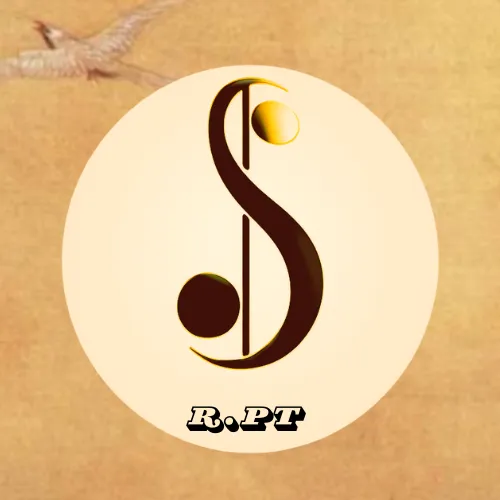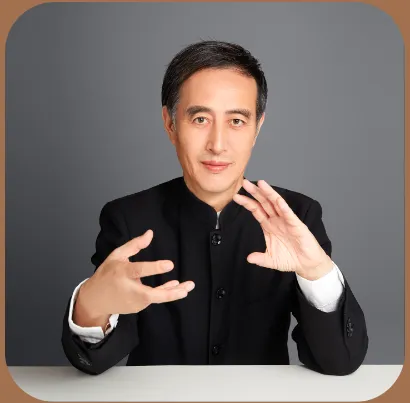
Dr. Pan
A scholar, researcher, practitioner, and promoter of classical Chinese medicine.
Doctor of Traditional Chinese Medicine(DTCM Canada)
Professor of Traditional Chinese Medicine(China)
Professor Pan Xiaochuan
Dr. Pan graduated from Heilongjiang University of Traditional Chinese Medicine in 1983. He began his career as a Traditional Chinese Medicine (TCM) instructor at the Heilongjiang Forestry Health School. Later, he pursued and earned a Master’s degree in Microbiology at Dalian Medical University. After graduation, he established the Institute of Integrated Traditional Chinese and Western Medicine at Dalian Second People’s Hospital. There, he initiated a nationally funded research project on the effects of Chinese herbal medicine on the gut microbiome, achieving remarkable results.
In the early 2000s, Professor Pan served as the Dean of the Canadian College of Oriental Medicine. During this time, he focused on studying the four foundational theories of TCM, including Huangdi Neijing (The Yellow Emperor’s Inner Canon), Nanjing (The Classic of Difficulties), Jingui Yaolue (Essential Prescriptions from the Golden Cabinet), and Shennong Bencao Jing (The Divine Farmer’s Materia Medica), as well as the I Ching (Book of Changes) and ancient and modern astronomical physics. This research culminated in the creation of a self-consistent system for classical Chinese medicine, unified by the concept of the "cosmic double helix field." This system resolved age-old enigmas and established an integrated medical framework of pulse diagnosis, acupuncture, and herbal medicine.
The core technologies of this system include Needle Spirit (Zhenling), Moxa Soul (Aihun), Herbal Essence (Yaojing), and Instrument Spirit (Qinshen). Professor Pan has made outstanding contributions to promoting classical Chinese medicine and Chinese culture worldwide. From 2015 to 2016, he was appointed as one of the first clinical experts by Beijing University of Chinese Medicine.
He has delivered specialized lectures at the United Nations and Harvard University. His published works include Illustrated Classical Chinese Medicine, Needle Spirit, Herbal Essence, and The Tao of the I Ching. His latest work, Instrument Spirit, is soon to be published. This groundbreaking book introduces the pulse-tuning methods for ancient Chinese instruments such as the guqin and guzheng, guided by the Lingshu's Five Tones Theory. Professor Pan has studied and developed the techniques of the Five Tones Theory in the Lingshu for many years. In 2024, the writing and recording of Instrument Spirit’s accompanying music were completed. With the successful development of the Classical Chinese Medicine Pulse Diagnosis Instrument, the technical framework of Instrument Spirit has now formed a complete loop.
On the Self-Consistent System of Classical Chinese Medicine
The self-consistent system of classical Chinese medicine is built on the theoretical pillars of classical Chinese medicine, theI Ching(Book of Changes), and modern astronomical physics. The guiding principle for establishing this system is “ancient wisdom with new insights.” The term “self-consistent” implies coherence and logical consistency, which is the foundation of any scientific framework. The term “system” refers to a unified framework of medical science based on the unified field of heaven, earth, and humanity.
At its core, the system is unified by the concept of the "cosmic double helix field," forming a coherent and self-consistent framework. The historical significance of the self-consistent system of classical Chinese medicine lies in its comprehensive integration of the theoretical foundations of the Medical Classics school and the Classic Formula school. By centering on pulse diagnosis, it establishes a unified theoretical and practical system integrating pulse, symptoms, acupuncture, and herbal medicine.
As the Laozi states, “The sage embraces the One as a model for all under heaven.” The modernization of Chinese medicine involves interpreting TCM through the most advanced understandings of humanity, rather than transforming it into Western medicine. From this perspective, the modernization of Chinese medicine has already been realized, represented by the establishment of the self-consistent system of classical Chinese medicine.
Academic Features
Unifying numerous theories under the principle of the "double helix field," clearly elucidating various aspects of traditional Chinese medicine (TCM) theory and techniques.Solving the age-old mystery of left and right differentiation.Completing all technical components of the pulse and acupuncture system described in the Lingshu (Needle Spirit).Deciphering the Ying and Wei (nutrient and defensive) systems.Explaining the qi transformation mechanism of acupuncture points.Clarifying the essence of the Mingmen, primordial qi, and Sanjiao systems as described in the Nanjing (Classic of Difficulties).Establishing a self-consistent system for the five flavors.Completing the Lingshu's five-tone pulse-tuning techniques (Instrument Spirit).Developing an integrated theory of pulse diagnosis and treatment through acupuncture and herbal medicine (Herbal Essence).Formulating a mathematical model to describe TCM principles.Establishing a unified medical framework integrating pulse, symptoms, acupuncture, and herbal medicine.
Techniques
@Needle Spirit: A method of regulating the pulse and Ying-Wei (nutrient and defensive) systems guided by the principles of the Lingshu.
@Moxa Soul: A moxibustion technique for regulating the pulse and Ying-Wei systems, inspired by the Nanjing (Classic of Difficulties).
@Herbal Essence: A pulse-regulating herbal approach based on the Decoction Classic (Tang Ye Jing), utilizing the "25 Classic Herbs" (Old Herbal Essences) and "One Qi Circulation Herbs" (New Herbal Essences).Resolving the age-old mystery of left and right differentiation.
@Pentatonic power: A pulse-regulating method using the guzheng, guided by the Five Tones Theory in the Lingshu.
Features of Needle and Herbal Techniques
Simplicity in Operation: Easy to perform with reliable therapeutic outcomes and strong independence.
Ancient Principles: The system follows the classical Chinese medicine perspective that the pulse is the window to Qi, with pulse diagnosis being the foremost of the four diagnostic methods.
Unified System: Treatments are based on pulse balancing, where acupuncture points (xue) and prescriptions (fang) are found within the pulse, forming a cohesive, unified diagnostic and therapeutic system of pulse, symptoms, acupuncture, and herbal medicine.
Comprehensive Approach: By modifying the pulse to regulate Qi, the treatment transcends the superficial complexity of localized symptoms.
Standardization: The system achieves objectivity and standardization within its framework.
Dr. Pan has traveled extensively around the world
making outstanding contributions to
promoting classical Chinese medicine
and spreading Chinese culture.
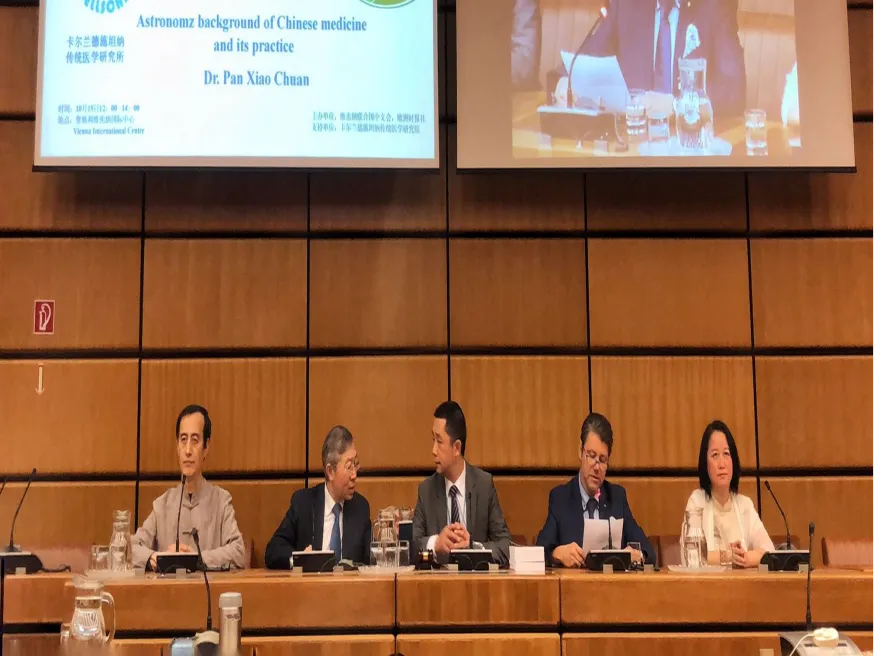
United Nations Speech

Harvard University Speech
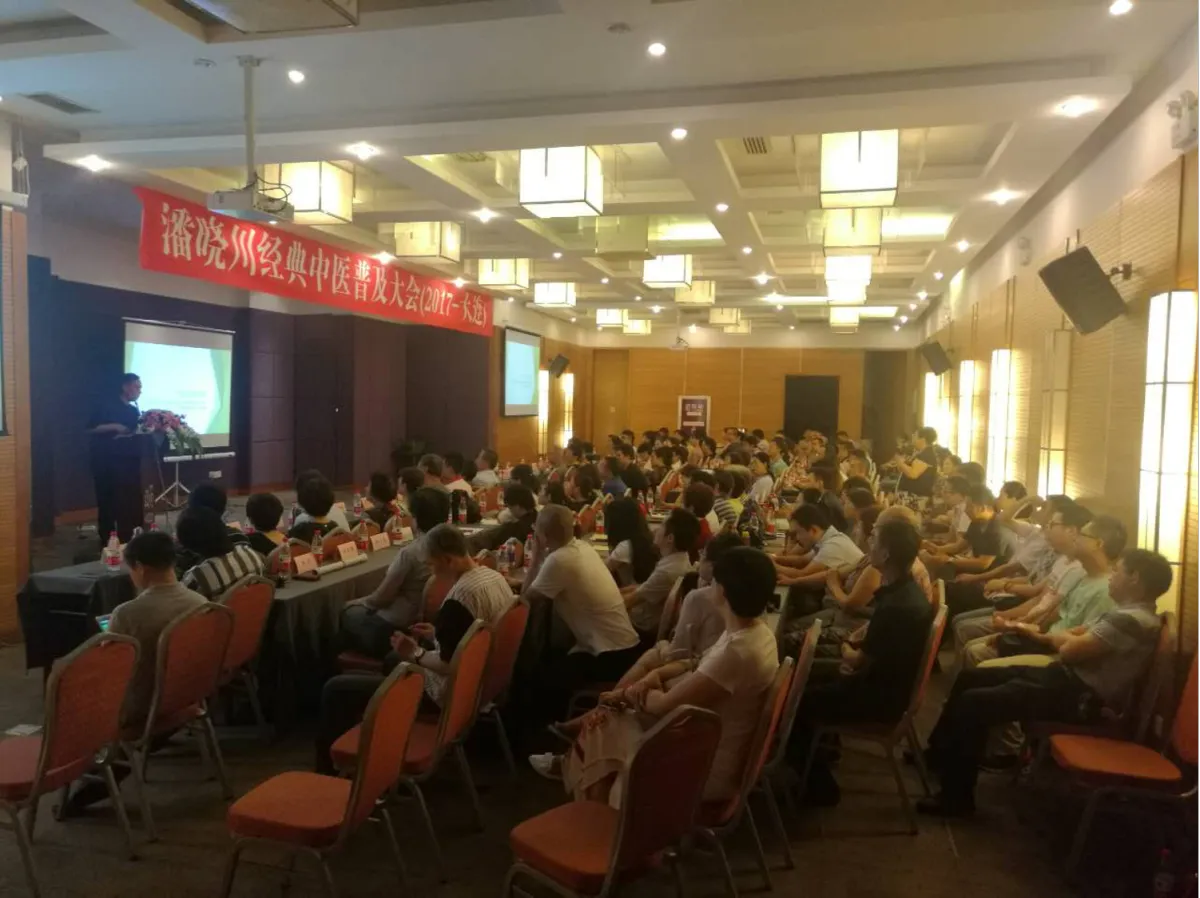
Promotion of Classical Chinese Medicine

Clinical Teaching at Hospitals in
Guang zhoou
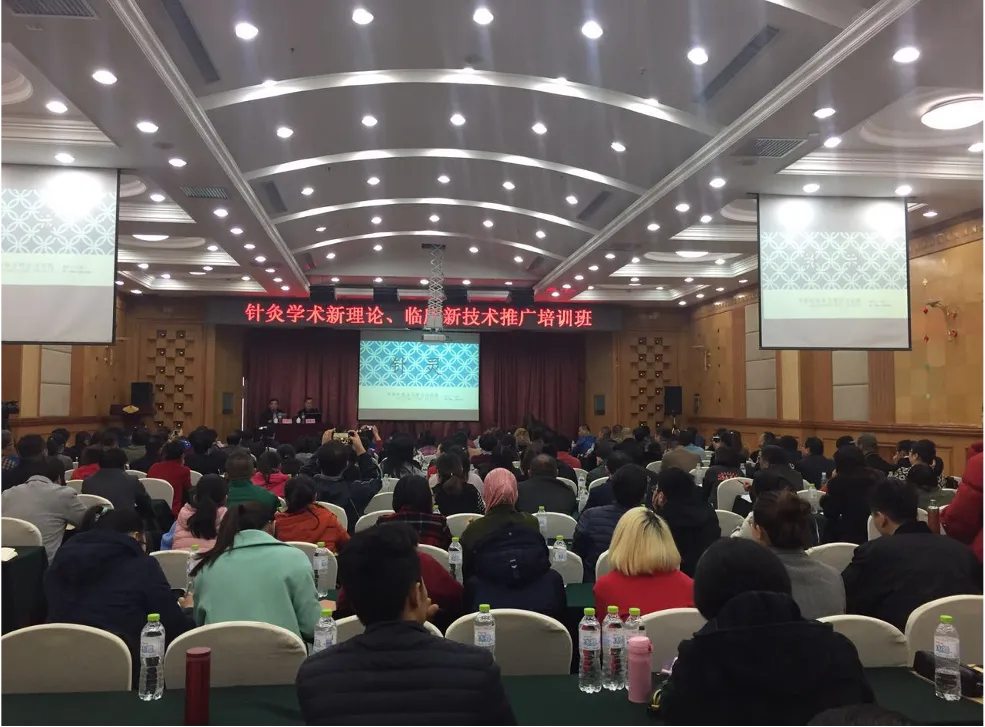
Lectures on Classical Chinese Medicine

Lectures on the Dao of Heaven and the I Ching
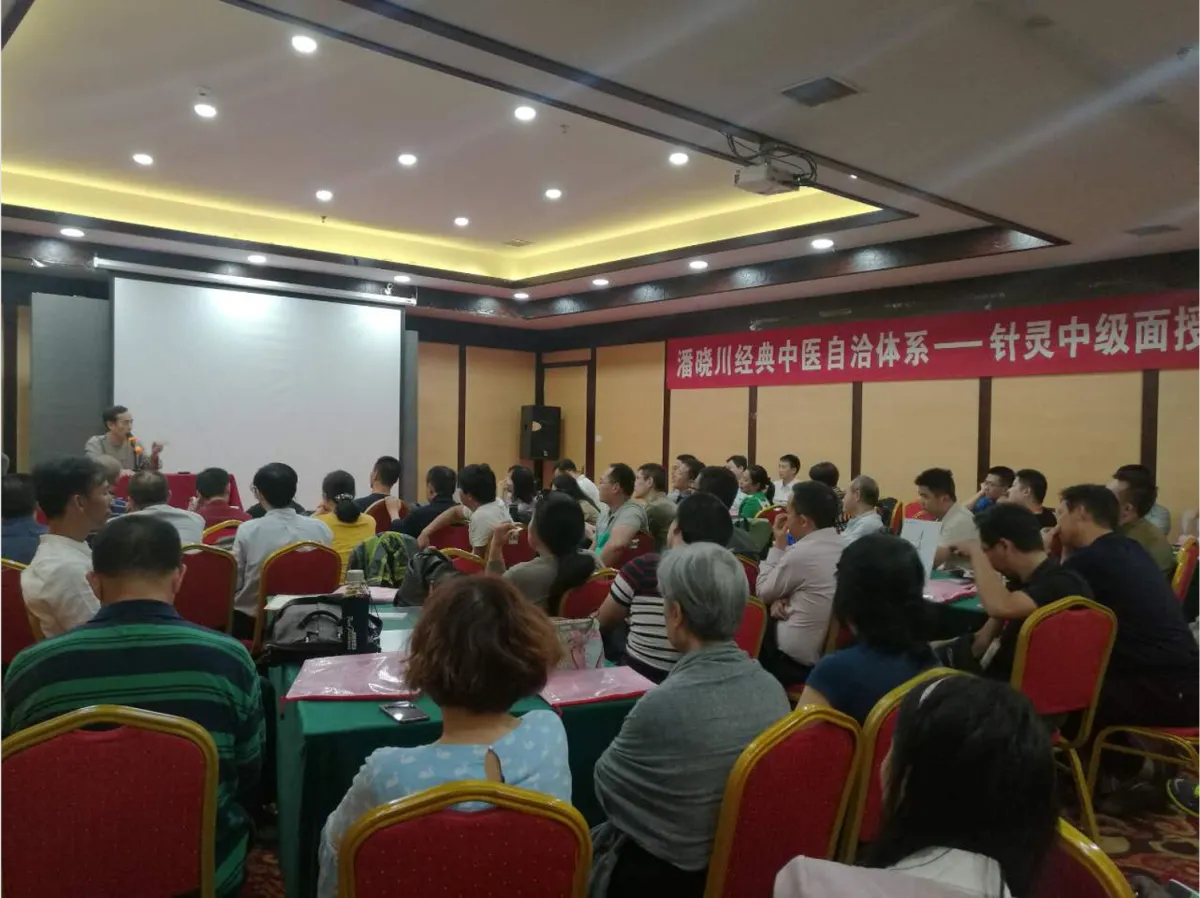
Acupuncture Spirit Training

Classical Chinese Medicine Lectures

Lectures at Massachusetts General Hospital,

he Vitality, Energy, and Spirit During Lectures

Formerly a Specially Appointed Expert in Chinese Medicine at Beijing University of Chinese Medicine
There is much more information that cannot all be listed here.
Over the past decade, extensive travels around the world have been made, contributing significantly to the promotion of classical Chinese medicine and chinese cultural.
Dr. Pan has traveled extensively around the world
making outstanding contributions to
promoting classical Chinese medicine
and spreading Chinese culture.

United Nations Speech

Harvard University Speech

Promotion of Classical Chinese Medicine

Clinical Teaching at Hospitals in
Guang zhoou

Lectures on Classical Chinese Medicine

Lectures on the Dao of Heaven and the I Ching

Acupuncture Spirit Training

Classical Chinese Medicine Lectures

Lectures at Massachusetts General Hospital,

he Vitality, Energy, and Spirit During Lectures

Formerly a Specially Appointed Expert in Chinese Medicine at Beijing University of Chinese Medicine
There is much more information that cannot all be listed here.
Over the past decade, extensive travels around the world have been made, contributing significantly to the promotion of classical Chinese medicine and Chinese culture.
